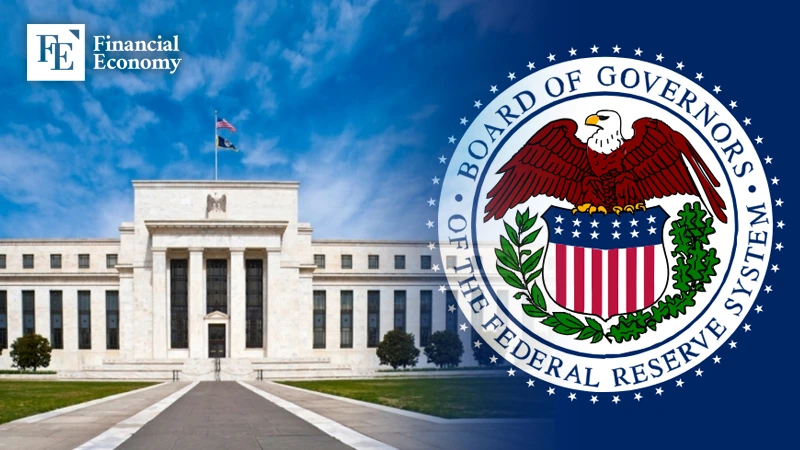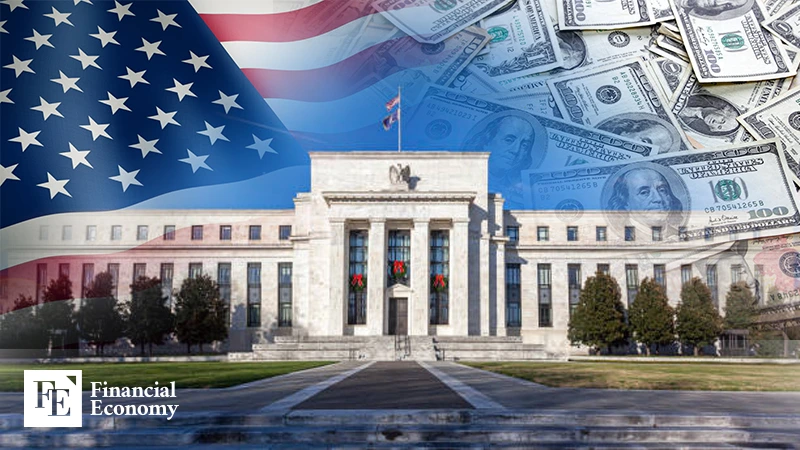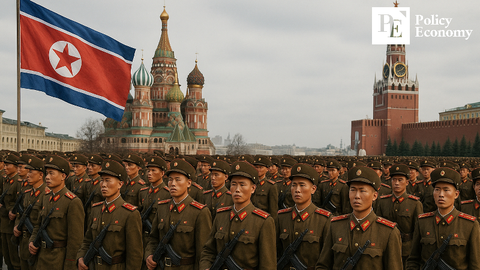U.S. Rate Cut Delayed to September? Fed Officials Cautious Despite Pressure from Trump
Input
Changed
Atlanta Fed President Bostic: “Need to Watch for Another 3–6 Months” Rate Cut Before September ‘Premature’ Chances of June FOMC Rate Cut Plummet

Amid growing uncertainty over U.S. tariff policies and a recent downgrade of the country’s credit rating, senior Federal Reserve officials are voicing caution regarding the timing of potential interest rate cuts. Despite ongoing pressure from former President Donald Trump to lower rates, the Fed is signaling to markets that it is likely to maintain current rates at least until September.
Fed Officials Cool Expectations for Early Cuts
On the 19th of May (local time), Bloomberg reported that Fed officials have expressed concerns that cutting rates before September may be premature due to lingering economic uncertainty. New York Fed President John Williams said at a conference hosted by the Mortgage Bankers Association (MBA), “We’re not going to get a clear read on the situation in June or July,” adding that the Fed is in a “data-gathering and observation” phase. The next FOMC meetings are scheduled for June, July, and September.
Atlanta Fed President Raphael Bostic echoed a similar sentiment in an interview with Bloomberg TV, indicating no rush to alter rates. He noted that prolonged U.S. trade negotiations could have lingering effects through the summer and that it could take several more months to gauge their true impact on the economy.
Speaking at an earlier event, Bostic stated policymakers might need to “wait 3 to 6 more months” to see how the economy stabilizes. However, he did not rule out the possibility of earlier action if trade negotiations unexpectedly lead to major tariff reductions, saying that could lessen inflation pressures and allow for earlier intervention.
Bostic also expressed concerns about inflation expectations, stating that the inflation aspect of the Fed’s dual mandate (price stability and full employment) was more worrisome due to unstable inflation expectations.
Similarly, Williams said the Trump administration’s tariff policies have added uncertainty, complicating economic forecasts and burdening not only policymakers but also businesses and households. Fed Vice Chair Philip Jefferson also stressed a cautious stance, emphasizing the need to prevent temporary price increases from turning into sustained inflation.
30-Year Treasury Yield Briefly Tops 5%
While April’s inflation data came in below Wall Street’s expectations, risks remain. These concerns have led to bond selloffs, causing yields to spike. On the 19th, the benchmark 10-year Treasury yield surged more than 10 basis points to 4.566%, and the 30-year yield jumped over 12 basis points to reach 5.03% — the highest level since November 2023.
This surge was also influenced by Moody’s recent downgrade of the U.S. credit rating from the top-tier “Aaa” to “Aa1.” Moody’s cited irresponsible fiscal policies by both the administration and Congress and a growing deficit with no signs of improvement.
Max Gokhman, Deputy CIO at Franklin Templeton Investment Solutions, warned that unchecked government spending could drive institutional and foreign investors to gradually withdraw from U.S. Treasuries, pushing yields higher, weakening the dollar, and reducing the attractiveness of U.S. equities.

U.S.-China Tariff Deal Eases Recession Concerns
Markets now see less than a 10% chance of a rate cut at the upcoming June 17–18 FOMC meeting. According to fed funds futures pricing, investors currently expect only two 0.25% rate cuts by the end of the year — a sharp drop from the four cuts expected in April.
This shift in expectations also reflects recent progress in U.S.-China trade talks, with both countries agreeing to significantly reduce tariffs over the next 90 days and continue negotiations. With recession fears easing, there is less urgency for the Fed to lower rates.
Goldman Sachs now estimates a 35% chance of a U.S. recession within the next 12 months, down from 45%. Chief Economist Jan Hatzius noted the reduced risk of high tariffs disrupting production and saw positive signs in future trade policy direction.
Improved outlooks have also led to upgraded GDP forecasts. Goldman Sachs raised its 2024 U.S. GDP growth forecast by 0.5 percentage points to 1.0%. Oxford Economics revised its forecast to 1.3%, and Nationwide’s Chief Economist, Kathy Bostjancic, also now expects 1.0% growth, up 0.5 points from her earlier projection.





















